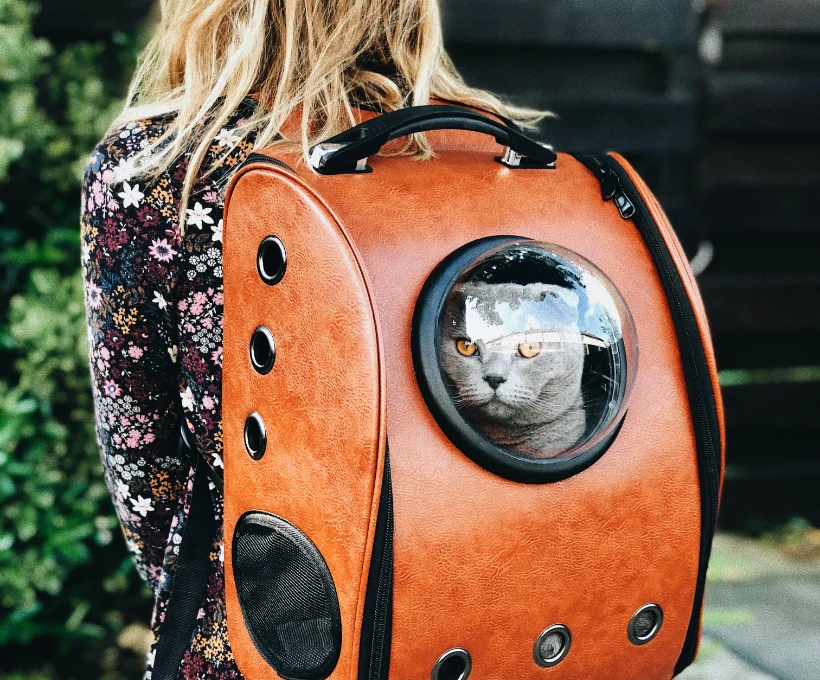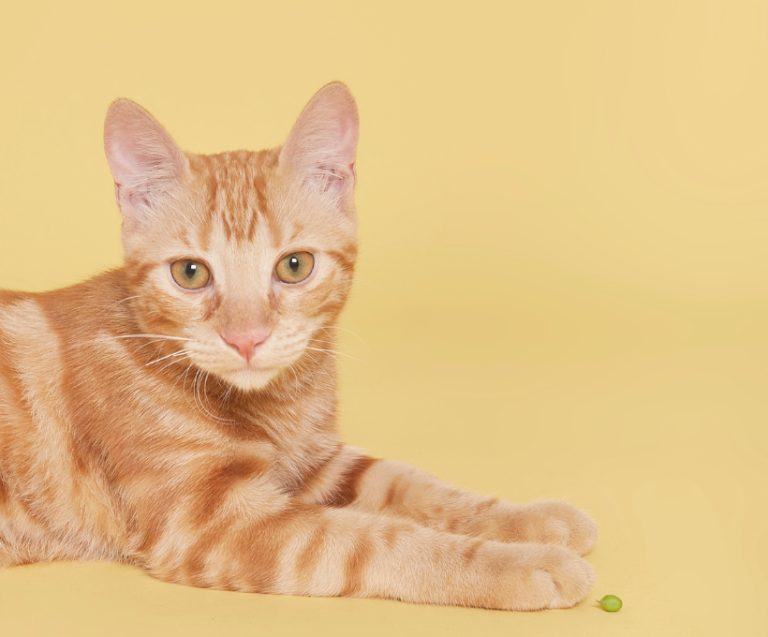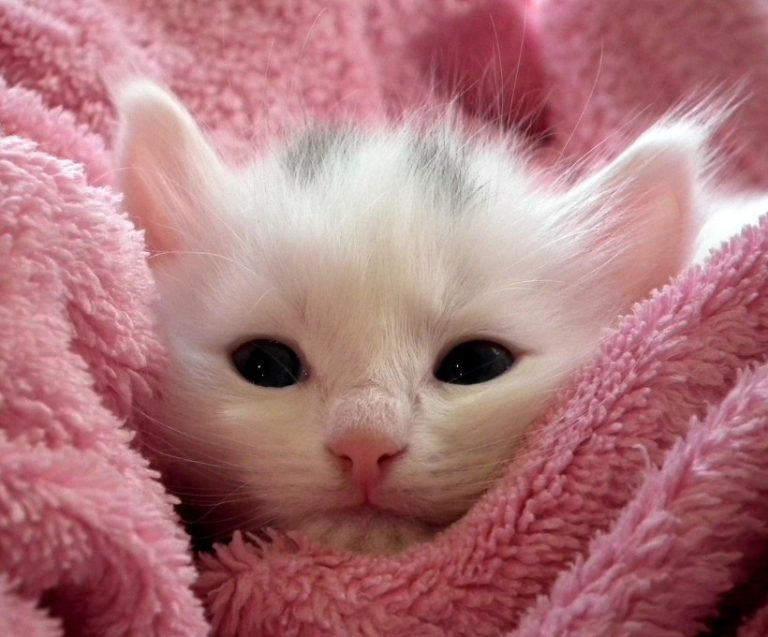As a cat owner, it’s essential to be aware of your feline’s health, and recognizing the signs of diabetes can be crucial for early intervention. Diabetes mellitus is a common condition in cats, particularly those who are overweight or older. Understanding Signs of Diabetes in Cats can help you take prompt action and improve your cat’s quality of life.
What is Diabetes in Cats?
Diabetes in cats occurs when the body cannot produce enough insulin or properly use it. Insulin is vital for regulating blood sugar levels. When diabetes goes untreated, it can lead to serious health complications.
Key Signs of Diabetes in Cats
1. Increased Thirst (Polydipsia)
One of the most noticeable signs of diabetes in cats is excessive thirst. If you find your cat drinking more water than usual, it may be a sign of elevated blood sugar levels. Monitor their water bowl—if it’s emptying rapidly, take note.
2. Frequent Urination (Polyuria)
Along with increased thirst, diabetic cats often urinate more frequently. You may notice more litter box visits or larger urine clumps. This is due to the body’s attempt to expel excess sugar through urine.
3. Increased Appetite (Polyphagia)
Despite eating more, diabetic cats may still lose weight. This paradox occurs because their bodies are unable to utilize the glucose from food effectively. If you notice your cat is constantly hungry but not gaining weight, it’s time to consult your vet.
4. Weight Loss
Unexpected weight loss is a significant indicator of diabetes. Cats may lose weight even while eating well because their bodies are not using nutrients properly. Keep an eye on your cat’s weight, and if you notice a drop, seek veterinary advice.
5. Lethargy
If your cat seems more tired than usual or less interested in play, this could signal a health issue. Diabetic cats may lack energy due to their inability to convert sugar into usable energy.
6. Poor Coat Condition
A diabetic cat might have a dull, unkempt coat. The skin may also become dry or flaky. If you notice changes in your cat’s fur, it could be a sign of underlying health problems, including diabetes.
7. Unusual Behavior
Changes in behavior, such as increased irritability or hiding more often, may indicate that your cat is not feeling well. If your normally social cat becomes withdrawn, it’s worth investigating further.
Signs of Diabetes in Cats? What to Do?
If you observe any of these symptoms in your cat, it’s crucial to consult your veterinarian as soon as possible. Early diagnosis and treatment can make a significant difference in managing diabetes and maintaining your cat’s health.
Treatment Options
Once diagnosed, diabetes in cats is manageable with a combination of insulin therapy, dietary changes, and regular monitoring. Your vet may recommend a high-protein, low-carbohydrate diet to help regulate blood sugar levels.
Prevention Tips
Signs of Diabetes in Cats: While diabetes can affect any cat, maintaining a healthy weight through balanced nutrition and regular exercise can reduce the risk. Ensure your cat has plenty of opportunities for play and physical activity to keep them fit.
Conclusion
Recognizing the signs of diabetes in cats is vital for ensuring their health and well-being. By understanding and acting on these signs, you can take the necessary steps to provide the best care for your cat, ensuring they stay healthy and vibrant for years to come.






[…] Diabetes in Cats […]
[…] Diabetes in Cats […]